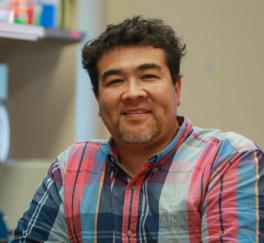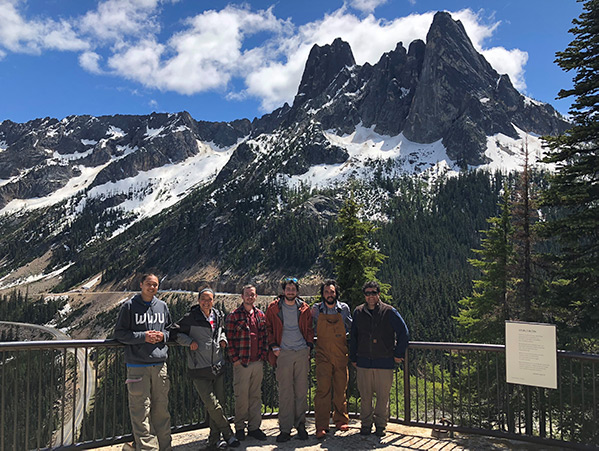
As a biologist interested in evolution and how species change over time, perhaps it is not surprising that my career path has also made some major evolutionary leaps.
I studied biology as an undergraduate at UC Berkeley and went on to complete a master’s degree at Utah State University in the Department of Fisheries and Wildlife. For my thesis I studied the movement and dietary habits of wolves in an agricultural region in northern Minnesota. Following this, I held a couple of positions with the U.S. Fish & Wildlife Service (USFWS) as a biologist on the wolf recovery program in Montana and then a longer stint as an endangered species biologist in southern California.
I had an opportunity to make a long-term career with the USFWS, but after working for the USFWS for nearly 5 years on politically charged conservation issues, I felt a strong desire to get back to doing basic research in biodiversity. While working on these applied issues in conservation biology, I kept feeling that our collective understanding of the basic processes that generate biodiversity was still limited. As a consequence, I went back to graduate school to complete a PhD at the University of Washington. I have been a die-hard mammologist since college, and for my PhD project I focused on adaptation and speciation processes in populations and species of tree squirrels that live in different forest environments. This research has allowed me to investigate fundamental processes that generate biodiversity, such as the historical biogeography of species and populations, the evolution of ecologically important traits, and how hybridization can inform us on the speciation process.
My lab in the Department of Evolution, Ecology and Organismal Biology at The Ohio State University continues to focus research on the processes of adaptation and speciation in mammals. At the moment we are still largely focused on the tree squirrel system, and we are now also studying the evolution of venom in shrews. Venom is rare in mammals and appears to have evolved independently in different lineages in shrews. There are many ecological and evolutionary questions about why and how this trait evolved. For our research on shrews or squirrels, we use many different approaches and tools to study these systems, including genomics, transcriptomics, proteomics, bioinformatics, field biology, morphometrics, and museum-specimen collections.


I am a strong advocate for increasing greater participation and retention in biology. I am also reminded as a father that the people that kids see in certain roles in society can have a lasting impact on what they think is possible for themselves.
